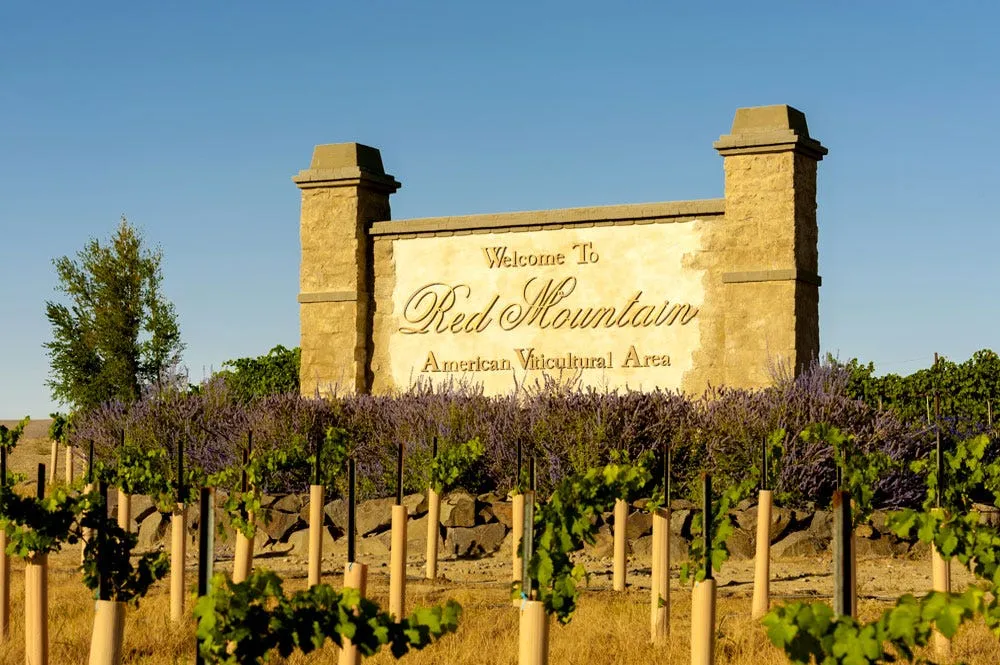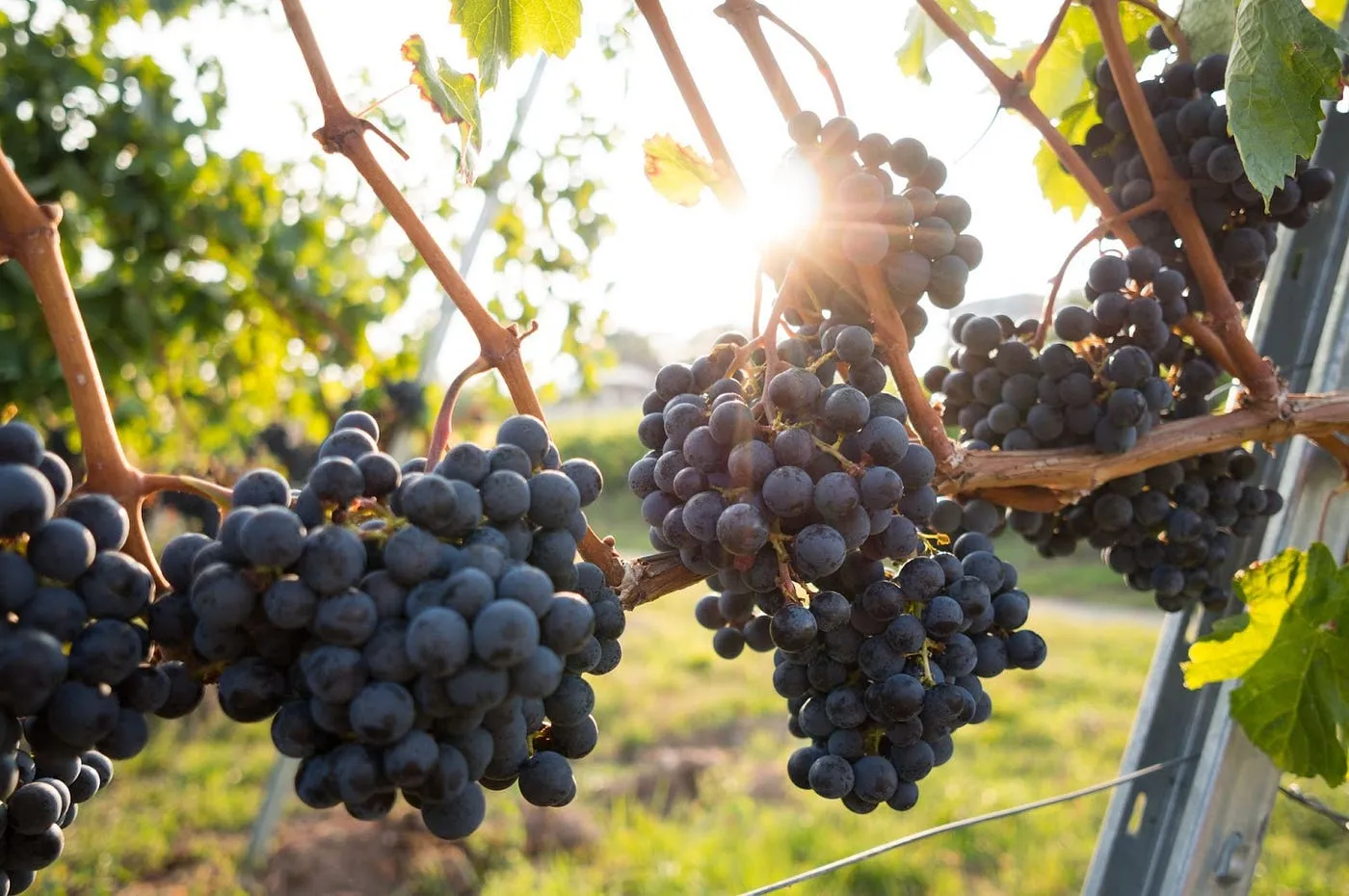- Wine Color/Type
- Top Occasions
- Unique Wines
- Surprise Me!
Exploring Washington Wine Country: Red Mountain AVA
Within the vast and dramatic landscapes of Washington State lies a hidden gem: Red Mountain (AVA). Renowned for its distinctive terroir and exceptional wines, Red Mountain has earned a reputation for high quality red wines that belies its small size. In this article, we’ll delve into the key aspects that make Red Mountain AVA truly special, from its location and climate to its soil, geography, common grape varieties, and wine styles.
Location and Geography
The Red Mountain AVA is situated in eastern Washington State, near the town of Benton City. This wine region is characterized by its stunning geological features, including its iconic red soils that give it its name. Covering approximately 4,040 acres, Red Mountain is one of the smallest AVAs in Washington State and in the US. Yet, it delivers quality on a scale far greater than its size. Its grapes are so good they sell for three times the state average.
Red Mountain (AVA) may be small in size but it delivers big on quality.
(Photo: Richard Duval, Discover Washington Wine)
Climate
The climate of Red Mountain is classified as “continental desert.” This means that the region experiences hot and dry summers with plenty of sunshine, while winters are cold and frosty. This extreme diurnal temperature variation provides an ideal environment for grape cultivation. Warm days allow grapes to ripen to perfection, while cool nights preserve acidity, resulting in wines with excellent balance and structure.
Soil
The hallmark of the Red Mountain AVA is its unique, iron-rich, and well-drained soil, The red, sandy loam soil is the result of ancient volcanic activity and the accumulation of wind-blown silt. This soil not only provides excellent drainage but is also inhospitable top vine pests, allowing many growers to forgo the use of rootstocks and plant ungrated vines.
Red Mountain AVA has a unique combination of climate, soil, slope, and wind that is perfect for high quality, concentrated yet structured red wines. (Photo: Kevin Cruff)
Wind and Slope
Red Mountain is notable for its persistent winds. These winds help to cool the vineyards during the hot summer months, preventing excessive heat stress on the vines promoting both ripening and the retention of acidity. Additionally, the vineyards on Red Mountain are situated on a southwest-facing slope, which maximizes sun exposure, allowing the grapes to achieve optimal ripeness.
Grape Varieties
Red Mountain is celebrated for its production of red wine varieties, particularly Cabernet Sauvignon, Merlot, and Cabernet Franc. However, there is mre to the region than Bordeaux blends, with Syrah become an increasing focus.
Red Mountain is home to the red wine varieties of Cabernet Sauvignon, Merlot, Cabernet Franc and Syrah. (Photo: David Köhler, Unsplash)
Wine Style
The wines of Red Mountain are revered for their bold, concentrated flavors and medium term, 10 year, aging potential. Cabernet Sauvignon, in particular, stands out with its rich black fruit, firm tannins, and well-integrated oak notes. Merlot exhibits lush red fruit and elegant structure, while Cabernet Franc adds aromatic complexity. Syrah, with its dark fruit and savory elements, also excels in this region.
Red Mountain Wines To Try
In conclusion, the Red Mountain AVA is a remarkable wine region. Its unique terrori which allows for both ripeness and structure is what drives the unirofrm high quality output of the region. If you want to see for yourself, Hedges are one of the driving forces behing this tiny AVA and both their Cabernet Sauvignon and Bordeaux Blend and benchmark examples of the region. To experience what the climate offers the Syrah grape try this remarkable single vineyard wine and match recipe. You can also find even more Red Mountain wines of VinoVoss.
Read and find out more about Red Mountain Wine pairings:
Braised Beef Goes Well With Washington Red Mountain Wine
Goedhart Bel’ Villa Vineyard Syrah
by Matthew Cocks
Latest articles




